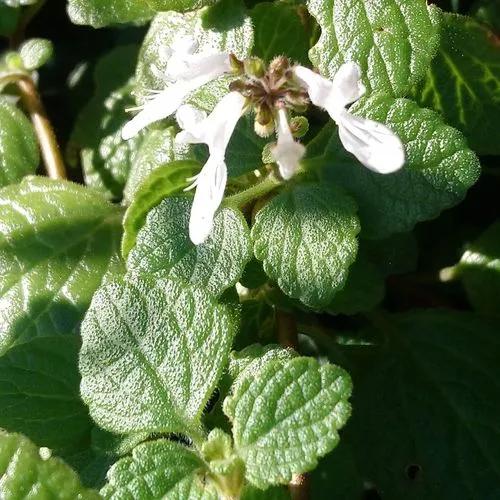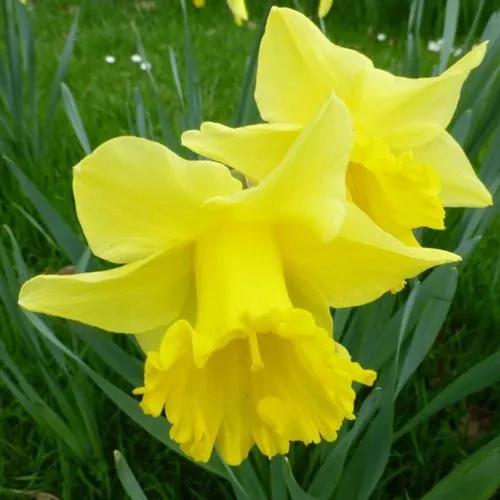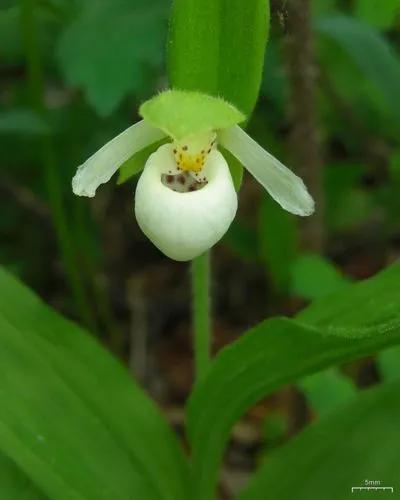This warm-toned succulent dazzles with its unique colorful look. Beginner friendly and safe for pets, this can be a great addition to any collection.
Painted Echeveria Care
Echeveria nodulosa



This Mexican native succulent is considered a mini shrub, and it’s easy to care for and pet friendly.
Identification can be done through the hand-painted-resembling foliage, which is arranged in loose rosettes, apple-green to greyish-green in color, and adorned with burgundy or purple lines that resemble paint.
Its bell-shaped flowers grow at the end of stems that grow up to 20 inches (50 cm) high, in shades of orange, yellow, and red.
How to Care for the Plant

Water

Like most succulents, it doesn’t require much water. Water only when soil becomes dry; reduce watering in winter to only once a month. When underwatered, Painted Echeveria’s leaves will get wrinkled, and overwatering causes root damage. Don’t let it sit in the water, and always empty the water tray after watering.

Pruning

It grows only up to 8 inches (20 cm), so pruning is not required.

Fertilizer

Fertilization is not necessary, but it can be done once a month, from May to September.

Sunlight

Painted Echeveria enjoys plenty of bright indirect sunlight; the brighter sun will develop more vibrant colors. Morning sun can be direct sunlight, but direct sun from warmer hours can cause damage to the leaves.

Soil

A well-drained, loose, and aery soil is ideal. It should be fertile but poor in organic matter.

Propagation

Propagation can be done by stem or by leaf. Leaves should be placed above wet soil, and after a few days, they should have developed new leaves and roots that can then be repotted.

Temperature

It enjoys warm temperatures of 68 ºF (20 ºC) or above, but ideally, temperatures shouldn’t rise above 77 ºF (25 ºC). This plant shouldn’t be in environments with temperatures below 41 ºF (5 ºC), but it can endure 32 ºF (0 ºC) and even a little frost only when the substrate is dry and for small periods.

Container

Make sure to use a pot with drainage holes to prevent root rot.

Fun fact

It is named after the Latin word “nodulus” which means knots, due to the slightly noticeable knots along its stems.

Popularity

870 people already have this plant 199 people have added this plant to their wishlists
Discover more plants with the list below
Popular articles






